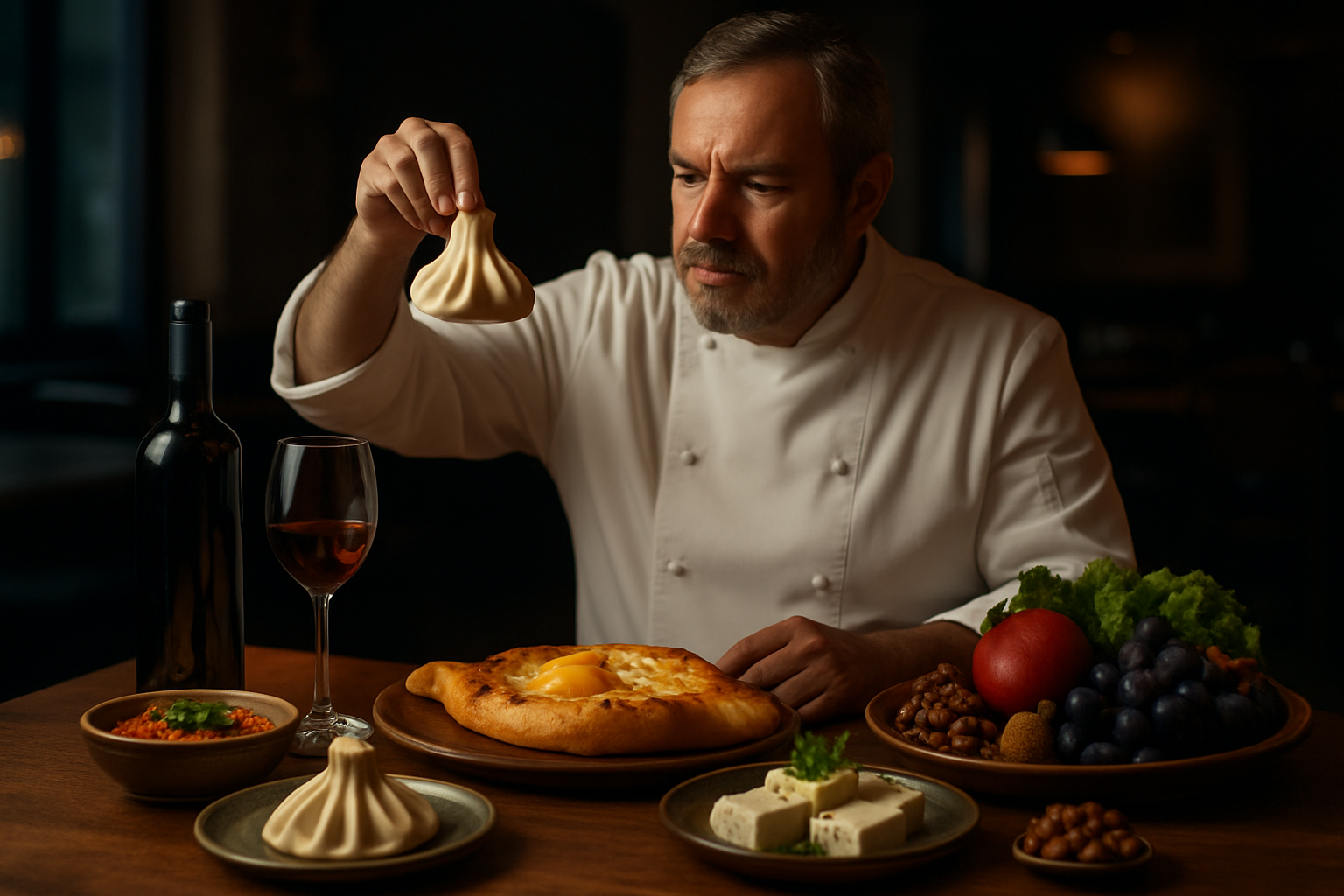Culinary Alchemy: The Art of Flavor Pairing
Dive into the mesmerizing world of flavor pairing, where science meets creativity to craft unforgettable culinary experiences. From unexpected combinations to classic pairings, this gastronomic journey will transform your approach to cooking and elevate your palate. Get ready to explore the secrets behind harmonious flavor profiles and learn how to create your own mouthwatering masterpieces.

However, flavor pairing isn’t solely based on scientific formulas. Cultural traditions, personal experiences, and individual preferences also play crucial roles in determining successful combinations. The interplay between these factors creates a rich tapestry of flavors that can be both familiar and excitingly novel. By embracing both the science and the art of flavor pairing, culinary enthusiasts can unlock a world of endless possibilities in their kitchens.
Unexpected Duos That Delight
Some of the most exciting flavor pairings come from unexpected sources. These unconventional combinations challenge our preconceptions and introduce our taste buds to new sensory experiences. For instance, the pairing of chocolate and blue cheese might sound bizarre, but the creamy, salty notes of the cheese beautifully complement the rich, sweet tones of dark chocolate. Similarly, watermelon and feta create a refreshing contrast between sweet and salty, with the cheese’s tanginess enhancing the fruit’s natural sweetness.
Another surprising duo is coffee and orange. The bright, citrusy notes of orange zest can cut through the bitterness of coffee, resulting in a complex and invigorating flavor profile. This combination works particularly well in desserts like chocolate-orange truffles or in savory dishes like coffee-rubbed steak with orange salsa. By experimenting with these unexpected pairings, home cooks can add a touch of excitement and sophistication to their culinary repertoire.
Classic Combinations Reimagined
While exploring new flavor territories is exciting, there’s also value in revisiting and reimagining classic pairings. These time-tested combinations have stood the test of time for good reason, but with a little creativity, they can be elevated to new heights. Take the classic pairing of tomato and basil, for example. Instead of a traditional Caprese salad, try roasting tomatoes with honey and thyme, then serving them with a basil-infused ice cream for a surprising twist on a familiar flavor profile.
Another classic pairing ripe for reinvention is peanut butter and jelly. Move beyond the sandwich by incorporating these flavors into unexpected dishes. A peanut butter-based sauce can add depth to a savory stir-fry, while a grape jelly reduction can elevate a cheese plate or complement a roasted pork loin. By thinking outside the box and applying familiar flavor combinations to new contexts, cooks can create dishes that are both comforting and innovative.
The Role of Texture in Flavor Pairing
While flavor is undoubtedly crucial in culinary pairings, texture plays an equally important role in creating memorable dining experiences. The interplay between different textures can enhance flavors, create contrast, and add depth to dishes. For example, the crispy exterior of fried chicken paired with the fluffy interior of waffles creates a textural symphony that elevates both components. Similarly, the creamy smoothness of avocado can balance the crunchy bite of toasted seeds or nuts in a salad.
Chefs can use texture to their advantage when experimenting with flavor pairings. A silky chocolate mousse paired with crunchy sea salt flakes creates a multi-sensory experience that engages both taste and touch. The cool, smooth texture of ice cream contrasted with the warm, gooey interior of a freshly baked brownie is a classic example of how texture can enhance flavor pairings. By considering texture alongside flavor, cooks can create dishes that are not only delicious but also satisfying on multiple sensory levels.
Developing Your Flavor Pairing Intuition
As with any skill, developing a knack for successful flavor pairing takes practice and experimentation. Start by familiarizing yourself with flavor profiles of different ingredients and cuisines. Keep a flavor journal to document your experiences and observations. Pay attention to the flavors in your favorite dishes and try to identify the key components that make them work well together.
Don’t be afraid to trust your instincts and take risks in the kitchen. Some of the most innovative flavor combinations have come from bold experimentation. Remember that personal preference plays a significant role in flavor perception, so what works for one person may not work for another. The key is to remain curious, open-minded, and willing to learn from both successes and failures.
Useful Tips & Facts
• The flavor wheel is a valuable tool for visualizing flavor relationships and finding complementary pairings.
• Umami, the fifth taste, can enhance other flavors and create depth in dishes when paired strategically.
• Herbs and spices can bridge flavors between seemingly disparate ingredients.
• Consider the intensity of flavors when pairing; aim for balance rather than overpowering combinations.
• Temperature can affect flavor perception, so experiment with hot and cold elements in your pairings.
• Some classic flavor pairings are based on regional ingredients that naturally grow together, such as tomatoes and olive oil in Mediterranean cuisine.
In conclusion, the art of flavor pairing is a fascinating blend of science, creativity, and cultural wisdom. By understanding the principles behind successful combinations and embracing experimentation, home cooks and professional chefs alike can create dishes that surprise, delight, and inspire. As you continue your culinary journey, remember that the most exciting flavors often come from pushing boundaries and trusting your palate. So go forth, explore, and let your taste buds be your guide in the wonderful world of flavor pairing.





